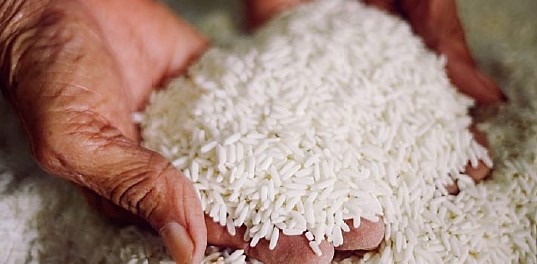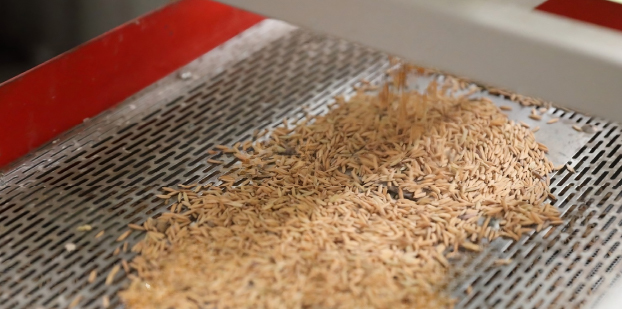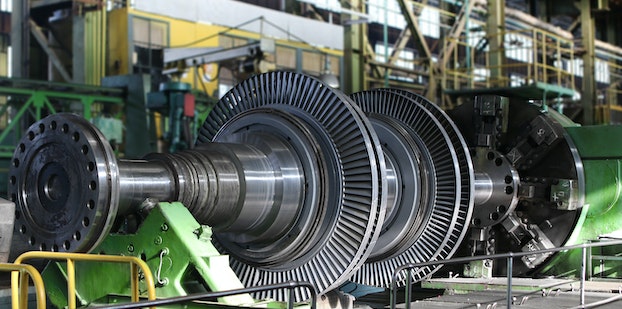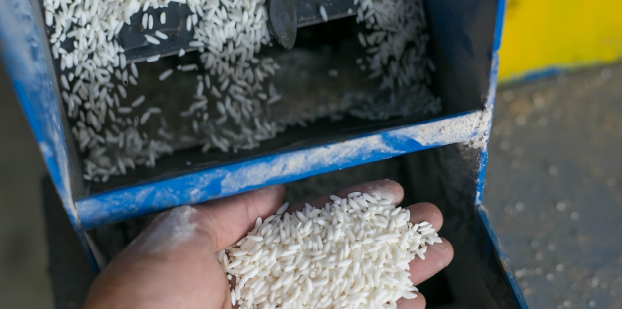May 10, 2024 |
What Is Polished Rice: Meaning & Process

A Guide to Understanding Polished Rice
Polished rice and unpolished rice, also known as white rice and brown rice respectively, differ in their nutritive content and processing styles.
Polished rice has experienced a polishing rice process where the external layers of the grain, which contain the utmost nutrients, are removed to produce a more visually appealing product with a longer shelf life and a mild taste. Whereas unpolished rice retains its bran layer, which is rich in fibre, vitamins, and minerals like magnesium and selenium.
As a result, unpolished (brown) rice is considered a healthier option due to its advanced nutritive value. Consumers need to be aware of these basic differences to make informed choices about rice selection.
Polished Rice Meaning
1. Rice Polisher Machine
After brown rice goes through the husking and whitening stages, it enters the rice polisher.
2. Friction and Buffing
Inside the rice polisher, the rice kernels are rubbed against the screens. This friction process removes away the remaining bran layer from the brown rice.
3. Cooling and Dust Removal
A suction fan within the polisher helps cool down the rice during the polishing rice process, preventing heat damage and also removing the dust generated from the friction. This ensures the final product is clean.
4. Desired Polish Level
The polishing rice process can be adjusted to achieve the desired level of polish. More polishing results in whiter and smoother rice but also removes more nutrients.
Understanding this process helps consumers make informed choices about the types of rice they consume.
Which is Better - Eating Polished vs Unpolished Rice?
When it comes to polished vs unpolished rice, the choice depends on your priorities. Here are the crucial factors you may consider:
1. Nutrition
Brown rice is the healthier choice because it has more vitamins, minerals, and fibre compared to polished white rice, which has had the bran layers removed. Some polished rice may be enriched with synthetic vitamins and minerals, but it still does not have as many nutrients as brown rice.
2. Glycemic Index
Unpolished rice has a lower glycemic index than polished rice, which means it releases sugar into the bloodstream slowly and can help with sugar control. Polished rice has a higher glycemic index, causing faster sugar spikes, which may be a concern for people with diabetes or those managing sugar situations
3. Texture and Cooking Time
Brown rice, also known as unpolished rice, has a chewier texture and nutty flavour because it contains the bran layer. It takes longer time to cook compared to polished rice. Polished rice also known as white rice, on the other hand, has a smoother texture and milder flavour because the bran layer has been removed. It also cooks faster than brown rice.
4. Shelf Life
Unpolished rice has a shorter shelf life because of natural oils in the bran layer. Polished rice lasts longer since the oils are removed. Store unpolished rice in the fridge in an airtight vessel for a longer shelf life.
5. Cost
Unpolished rice may cost more than polished rice depending on the brand and location, while polished rice is generally the cheaper choice.
Hence, there is no single "better" option. Unpolished rice is great if your priority is nutrition and fibre, with a lower glycemic index for sugar management. Polished rice has a longer shelf life, milder flavour, and faster cooking time, making it suitable for individuals with sensitive digestive systems.
Conclusion
White rice undergoes a polishing rice process that refines its texture and appearance while impacting its nutritional content.
While polished rice offers a smooth texture, longer shelf life, and affordability, it lacks the valuable nutrients found in the bran layers. Brown rice, the unpolished alternative, boasts a higher fibre and vitamin content for those prioritizing nutrition.
Ultimately, the choice between polished and unpolished rice depends on individual needs and preferences.
Frequently Asked Questions
- How does polished rice differ from other types of rice?
Polished (white) rice is a refined form of rice where the external layers (bran) are removed. This process gives the rice a shiny appearance. - What is the purpose of the polishing process?
Rice is polished primarily to improve its appearance and extend its shelf life. The process involves removing the external layers, which can contain elements that lead to spoilage - Does the polishing process affect the nutritive content of rice?
Yes, the polishing process results in the loss of certain nutrients from the rice grains like fibre, vitamins, and minerals. As a result, polished rice has lower nutritive content compared to unpolished kinds like brown rice. - Is there a difference in taste and texture between white polished rice and unpolished brown rice?
Yes, there's a difference - polished rice has a softer texture and a gentler taste compared to unpolished kinds like brown rice. The retained bran layer in rugged brown rice contributes to a chewier texture.





